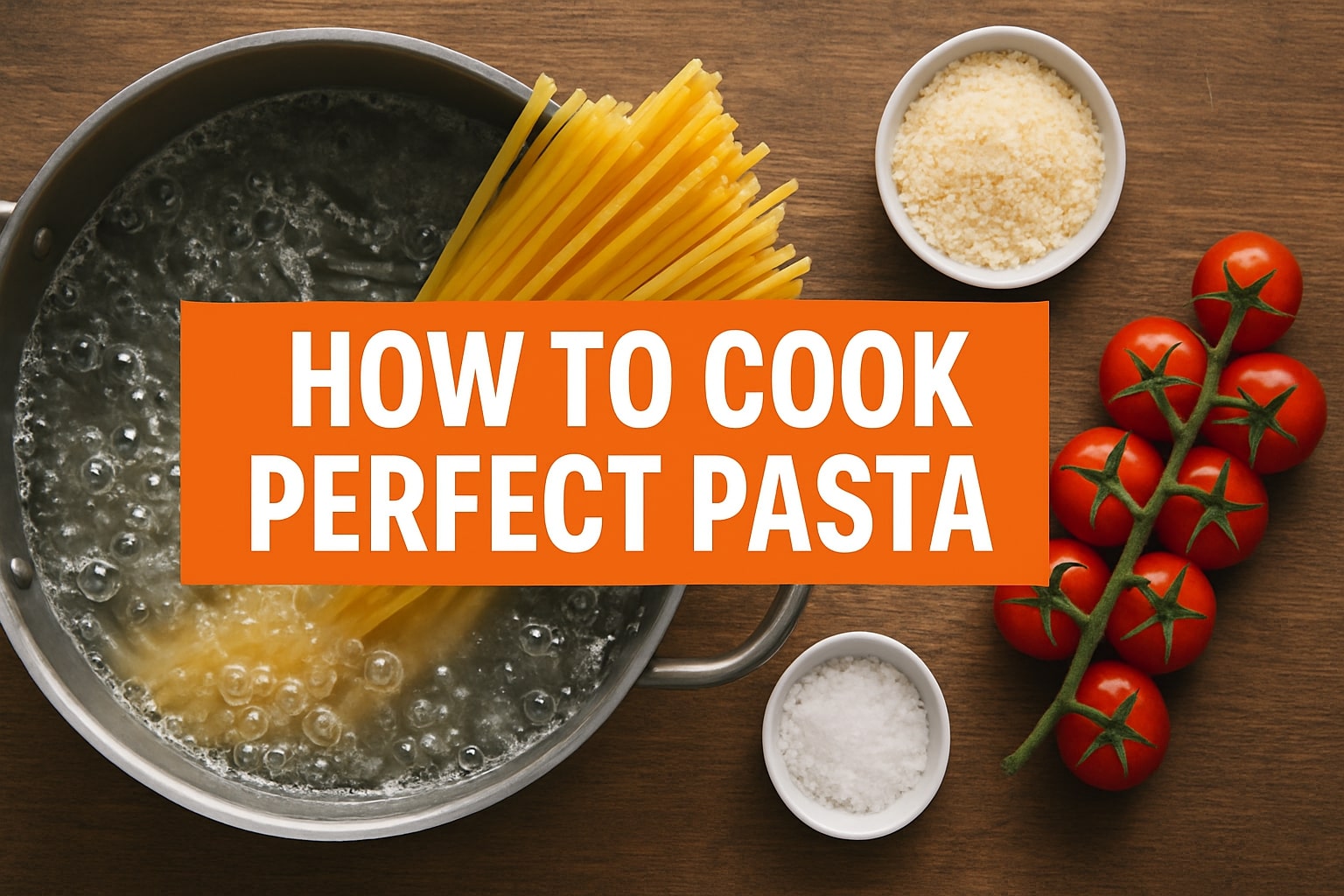What Does Al Dente Mean and Why Is It Important?
Understanding how to boil pasta perfectly begins with knowing what al dente means - literally 'to the tooth' in Italian, describing pasta that's firm but not hard when bitten. Al dente pasta has a slight resistance when chewed, indicating the starches are properly cooked but not overdone. This texture is crucial because it provides better mouthfeel, holds sauce more effectively, and continues cooking slightly when mixed with hot ingredients.
Properly cooked al dente pasta also has better nutritional properties, as overcooking breaks down more starches and can increase the glycemic impact. The texture should feel tender but still have a slight firmness in the center. This perfect balance typically occurs 1-2 minutes before the package directions suggest, making timing and testing essential skills for pasta perfection.
📺 Featured Video

This helps make the perfect Al Dente pasta… and everyone thinks it's hilarious 🤣
by Logan Nathanson
What Is the Proper Water-to-Pasta Ratio and Setup?
The secret to learning how to boil pasta perfectly starts with using enough water - typically 4-6 quarts per pound of pasta in a large pot. Abundant water prevents pasta from sticking together and maintains consistent temperature when pasta is added. Salt the water generously, using about 1-2 tablespoons per quart - the water should taste like mild seawater for proper seasoning.
Bring water to a rapid, rolling boil before adding pasta, then stir immediately to prevent sticking. The large pot allows pasta to move freely, ensuring even cooking. Don't add oil to the water, as this can prevent sauce from adhering properly later. Maintain active boiling throughout cooking, adjusting heat as needed to prevent overflow while keeping water vigorously bubbling.
📺 Featured Video

How To Cook Perfect Al Dente Pasta Every Time
by The Cooking Channel
How Do You Time and Test Pasta for Perfect Results?
Mastering how to boil pasta perfectly requires ignoring package directions as starting points rather than absolutes. Begin testing pasta 2-3 minutes before the suggested cooking time by fishing out a piece with a fork or slotted spoon. Bite into the center - properly cooked al dente pasta should have no raw flour taste but retain slight firmness.
Visual cues include pasta pieces floating to the surface and losing their rigid appearance. The pasta should bend when lifted but not break apart easily. Remember that pasta continues cooking briefly after draining, especially when mixed with hot sauce, so err on the side of slight undercooking. Reserve a cup of starchy pasta water before draining - this liquid helps bind sauces and can rescue dishes that seem too dry.
